The difference between athlete’s heart and serious medical issues
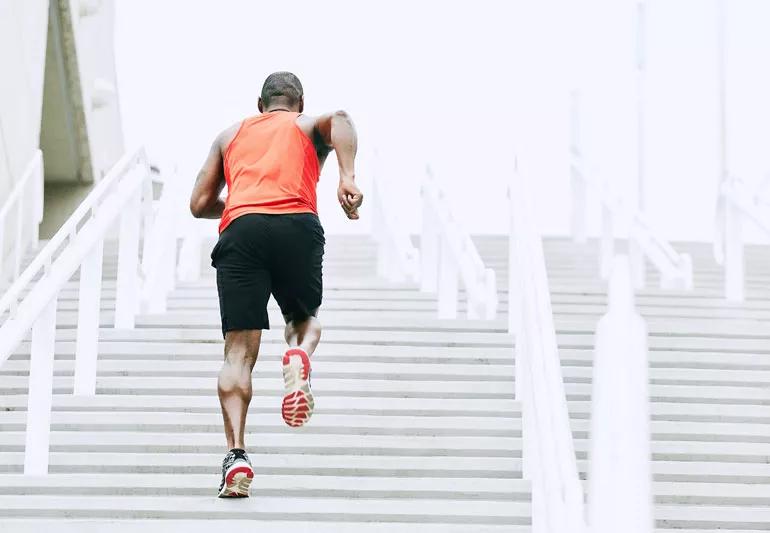
When you train your biceps, quadriceps or other muscle groups repeatedly over time, your muscles grow stronger, bigger and better equipped to deal with stress put on them.
Advertisement
Cleveland Clinic is a non-profit academic medical center. Advertising on our site helps support our mission. We do not endorse non-Cleveland Clinic products or services. Policy
Something similar happens with your heart, which is also a muscle. Regular cardiovascular exercise makes your heart more efficient at pumping blood to your body. In the case of athletes who do a lot of very high-intensity training, the heart sometimes actually gets a little bigger.
The term “athlete’s heart” refers to a natural, subtle enlargement that can happen as the heart adapts to intense athletic training. By itself, it’s not a disease or a medical condition and doesn’t cause harm.
However, an enlarged heart can also be a symptom of potentially serious heart problems such as hypertrophic cardiomyopathy, dilated cardiomyopathy or hypertension.
So when a serious athlete shows sign of an enlarged heart, it’s important for a physician to differentiate between athlete’s heart and a problem, say Co-Directors of Sports Cardiology Tamanna Singh, MD, and Michael Emery, MD. Sometimes it takes a sports cardiology expert to tell the difference.
Hypertrophic cardiomyopathy is a genetic disorder that causes the heart’s walls to slightly thicken. It’s a leading cause of sudden cardiac death in young athletes, so it’s important for athletes who have an enlarged heart to make sure they don’t have HCM.
A sports cardiologist looking to rule out HCM or another heart problem in an athlete would probably consider:
Advertisement
Heart disease isn’t common in athletes, but if someone has concerning symptoms such as fainting, excessive shortness of breath, chest pain or an unexplained decline in performance, those should be checked out. A sports cardiologist will evaluate whether those symptoms are harmless symptoms related to the sport or something more serious.
If heart disease or another condition is diagnosed, it doesn’t necessarily mean the end of an athletic career.
“Detraining or quitting the sport is rarely necessary,” Dr. Singh assures. “Even athletes with a defibrillator can sometimes return to play. Sports cardiologists can discuss the pros and cons with the athlete and make a decision together.”
A cardiac exercise physiologist can also design an individualized exercise program with workouts that are safe for the athlete and effective for the sport.
“Our goal is to protect the heart, whether the patient is cleared to return to competition and training or directed toward noncompetitive activities,” Dr. Emery says.
Advertisement
Learn more about our editorial process.
Advertisement

A type of high-intensity interval training, fitness boxing can challenge your body and mind
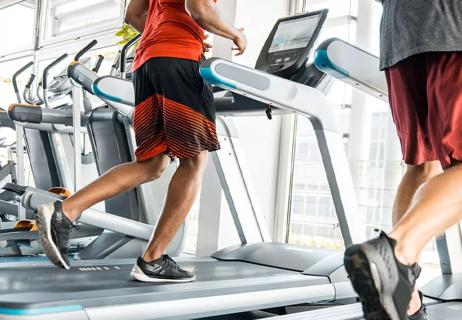
Running doesn’t cause knee arthritis, but you can take steps to minimize cartilage damage
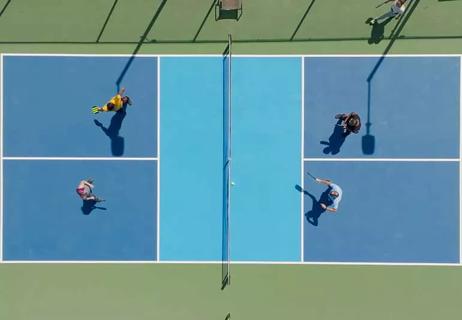
With a little precaution, you can prevent injuries and stay in this good-for-you game
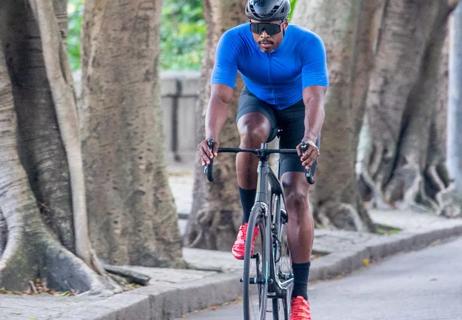
Adjust your bike seat, wear breathable clothing and don’t pop or pick!
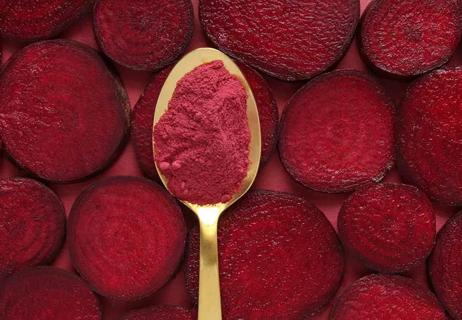
The supplement can boost endurance and offer other benefits, including for sexual health
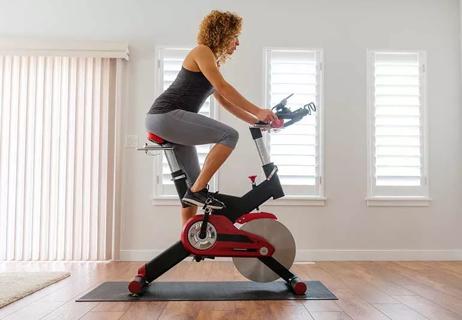
Fit, duration and positioning are more important than you might think
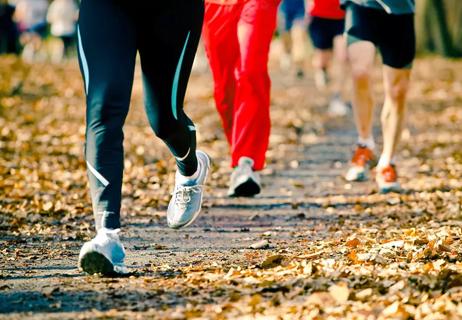
What you should know before hitting a race before the big Thanksgiving meal

How to make the most out of cycling

Type 2 diabetes isn’t inevitable with these dietary changes

Applying a hot or cold compress can help with pain